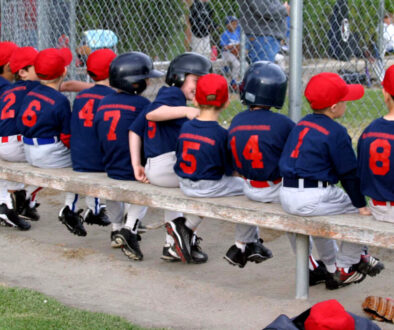Understanding The Role Of A Youth Sports Association
A youth sports association is the heart of many communities, providing structure, organization, and resources for young athletes. Behind the games and practices within the community, there’s an intricate system that makes these programs possible. In this post, we dive into how these youth sports associations operate and how they are adapting to new technology.
The Basics Of A Youth Sports Association
A youth sports association is usually a nonprofit organization, relying heavily on volunteer boards to manage day-to-day operations. The organization takes on a critical role in the community, ensuring that young athletes have the opportunity to participate in organized athletic activities. Generally, youth sports associations can work for all sports – from volleyball to soccer and more. Typically, these associations do not own their facilities. They usually work with the city to utilize government resources – such as fields, courts, and gyms.
One of the key parts of most youth sports associations is that they work with the city rec departments. Typically, these two organizations work closely together. The city rec departments can play a central role in managing the facilities used by the association. In some cities, however, the responsibility for managing these facilities is handed over to the association itself. This gives the association more control over scheduling. Also, it can streamline operations for the city, who no longer have to deal with the numerous tasks required for handling scheduling. This partnership, regardless of who handles the scheduling, can help ensure these programs run more smoothly.
The Shift to Technology
Previously, managing schedules for fields and courts was a manual and time-consuming process. Anyone looking to schedule would have to call or email the person in charge. Sometimes, this caused issues, especially for associations with a single volunteer in charge of the schedule. Some miscommunications or scheduling conflicts could happen. Due to this, a need for a more streamlined and centralized scheduling software became apparent.
Now, many associations use advanced scheduling software (like eSoft Planner) to schedule their use of the facilities online. These systems include real-time availability and automated reminders, erasing the issues caused by manual processes. It streamlines operations and reduces the workload for volunteers. Depending on the relationship with the city, associations can charge others to use these fields. In addition, registration for events like camps can include revenue given to the city for the facility usage. Therefore, the use of software can optimize the complex operations involved with scheduling for the association and city.
Conclusion
A youth sports association is vital to the development of young athletes and the growth of local communities. The success is a collaborative effort among many members of the community. For more insights into managing youth sports and their spaces, book a free consultation with our experts.



